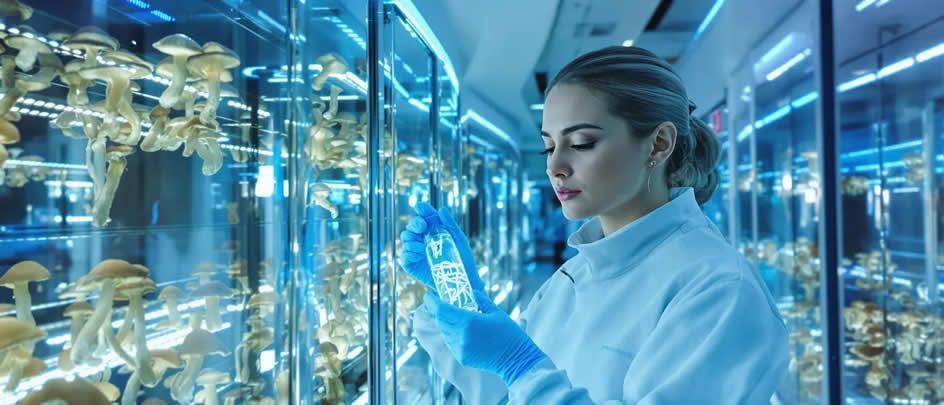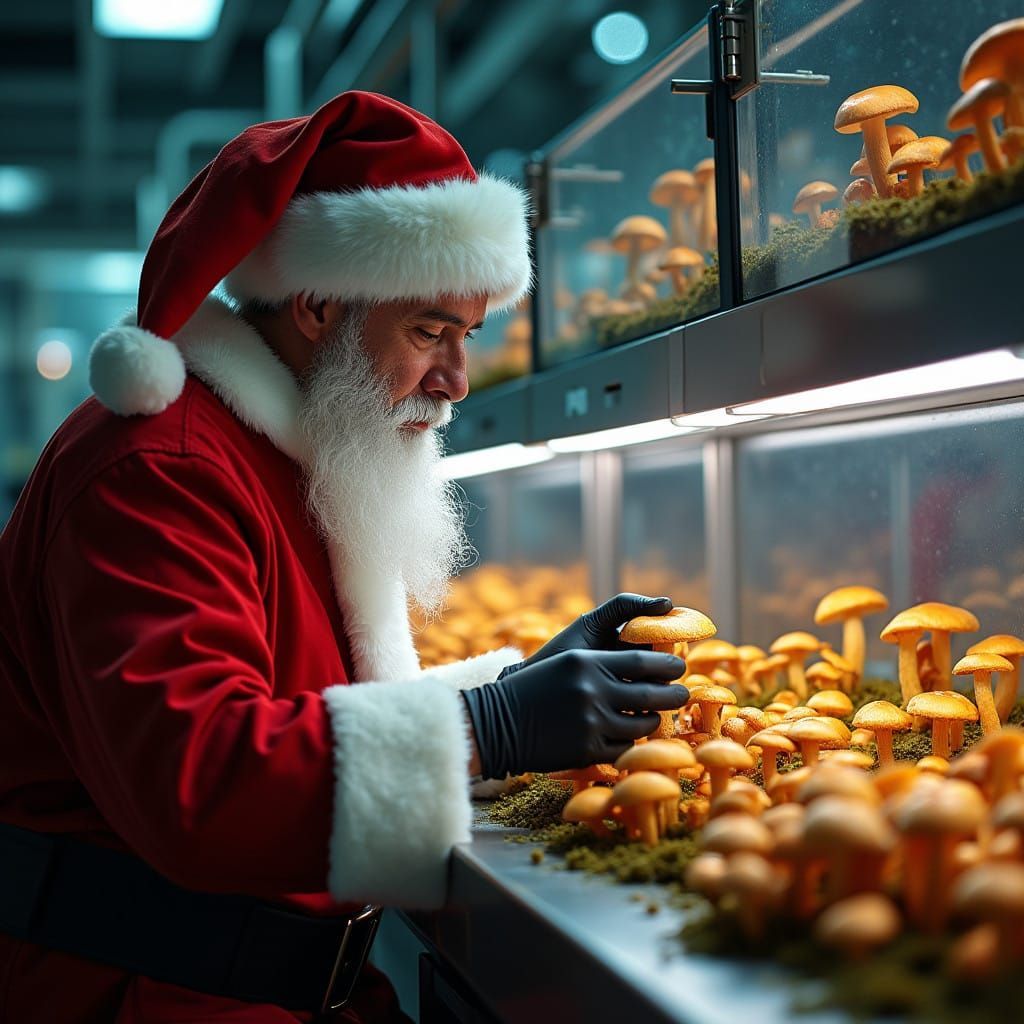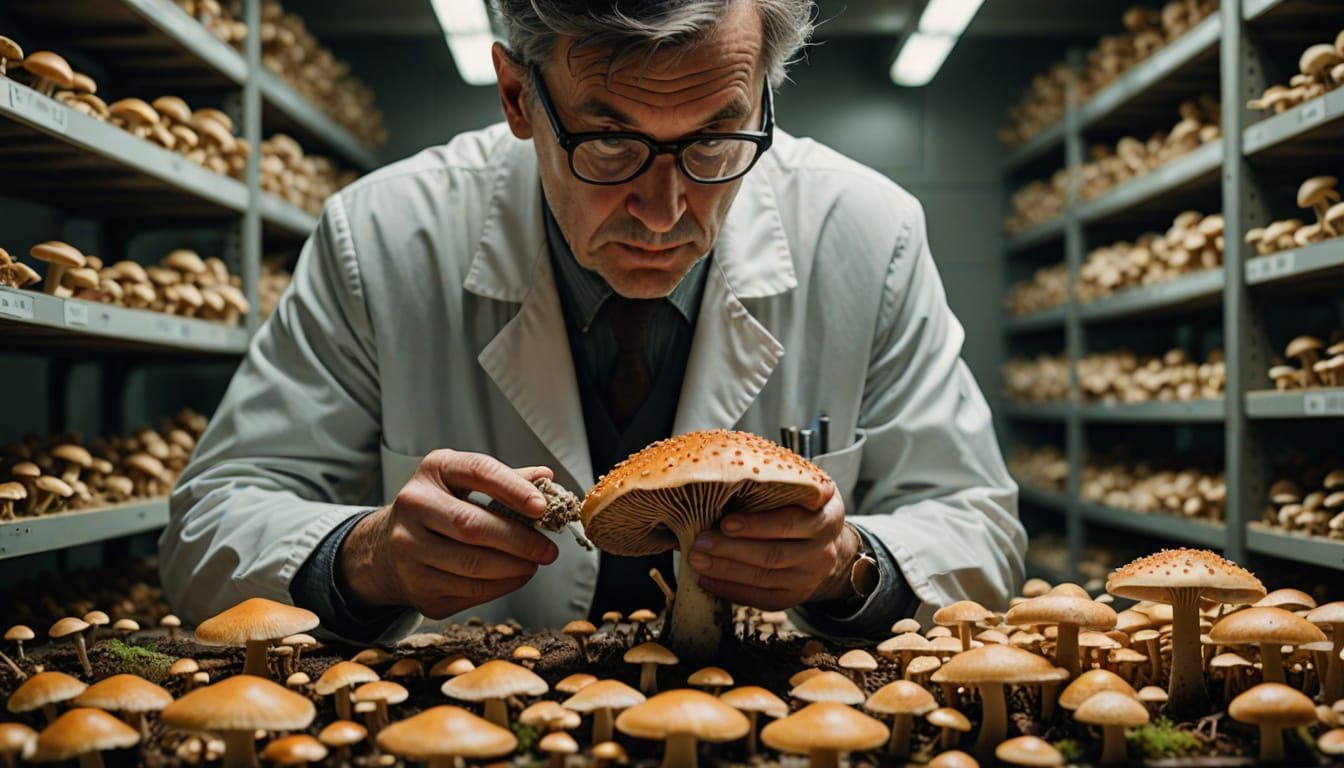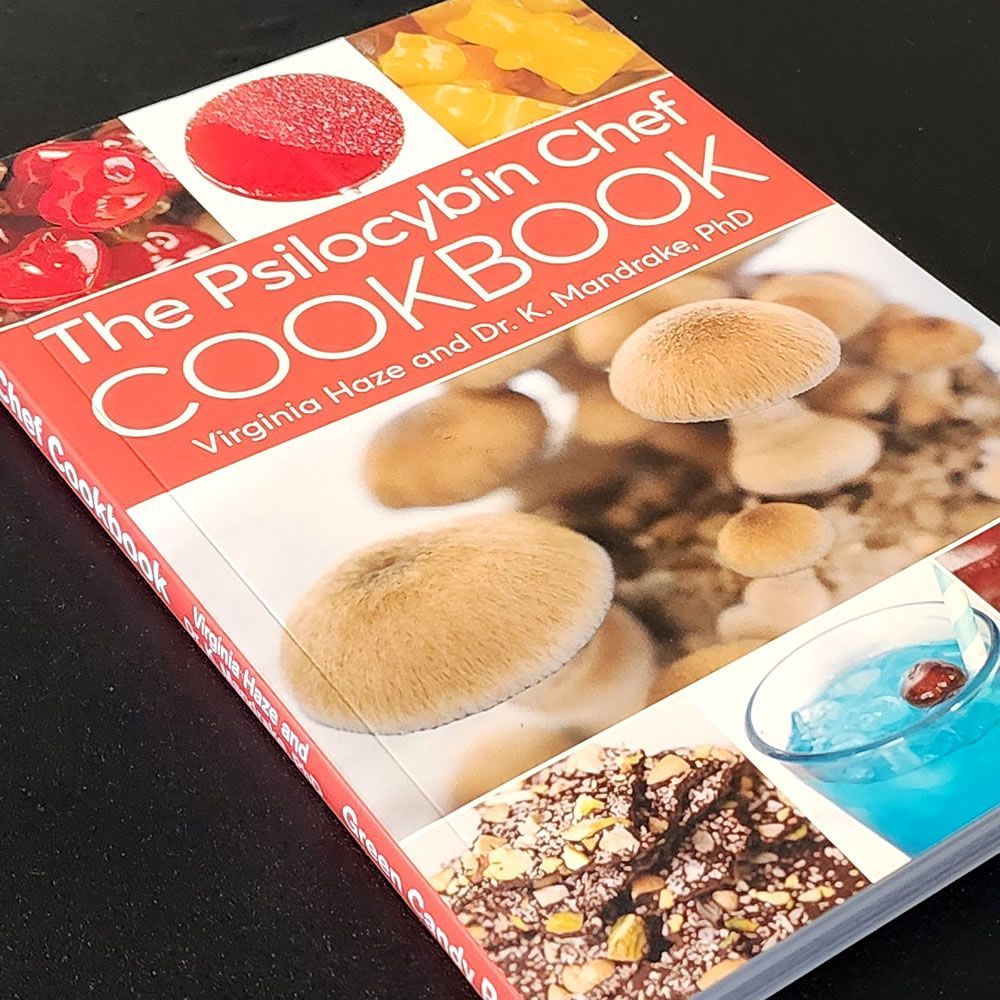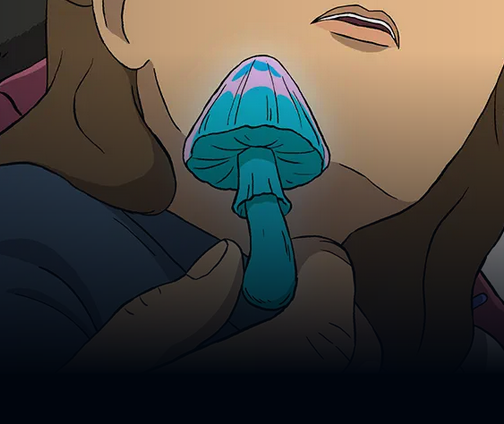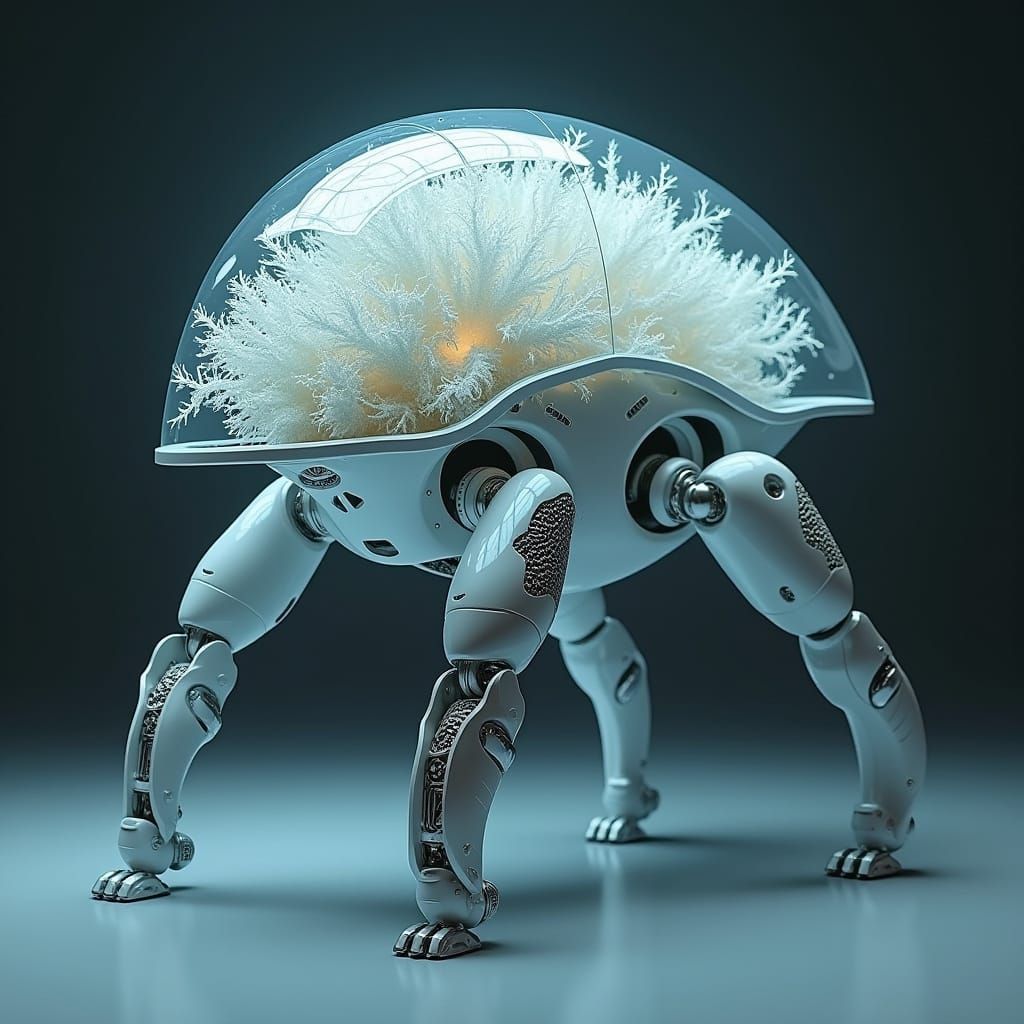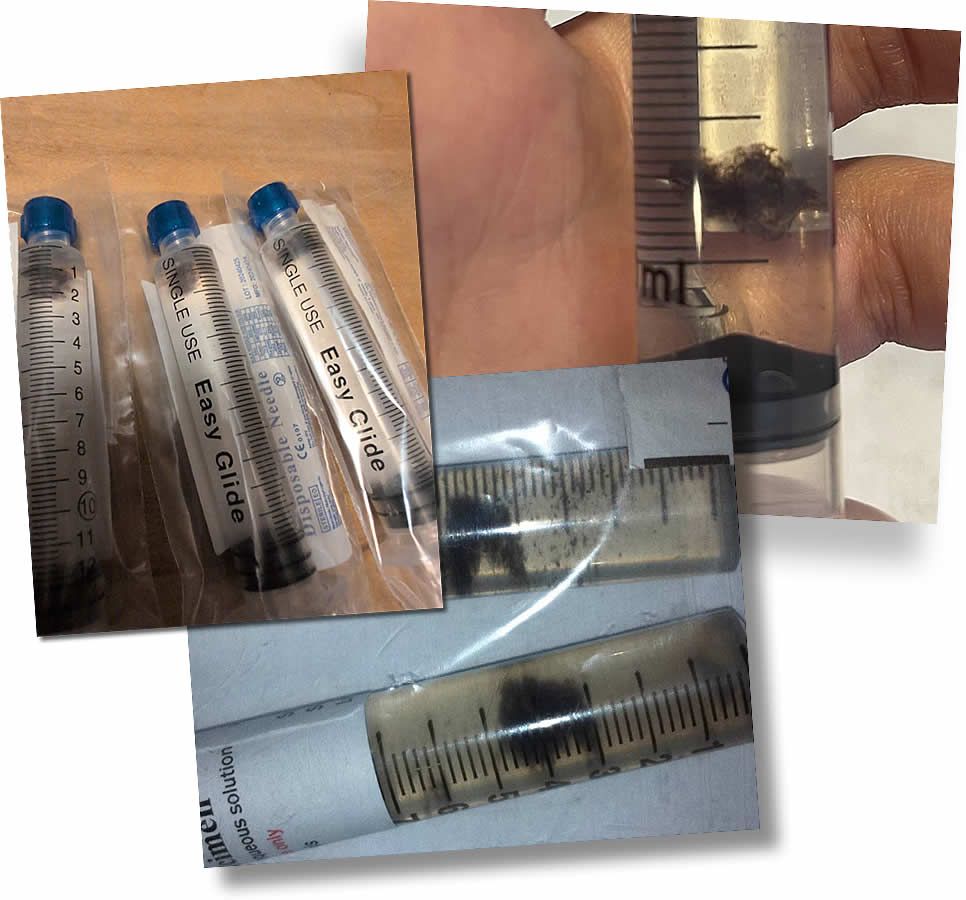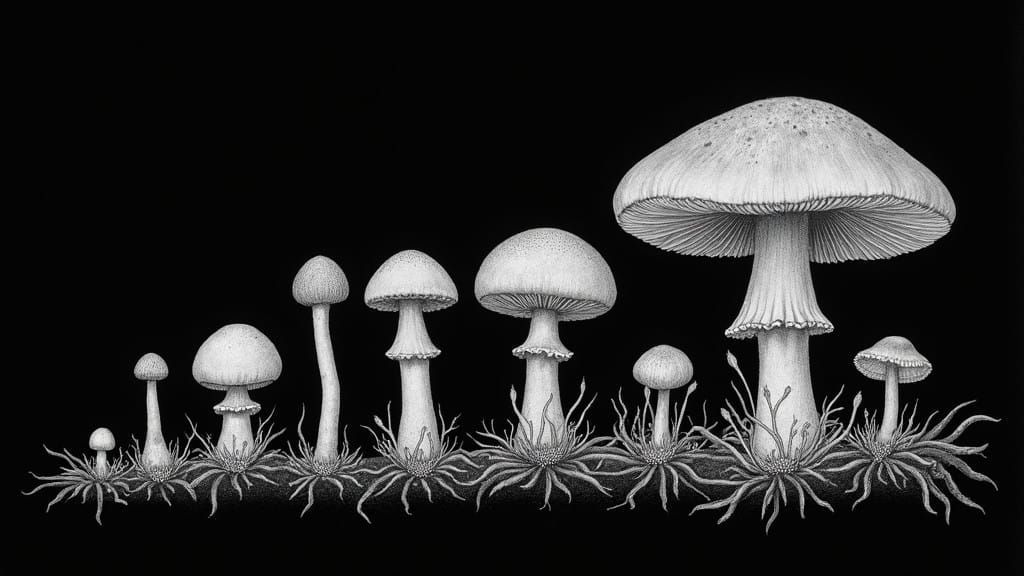Printing101 - All about mushroom spore prints
Printing101 - All about mushroom spore prints
Spore printing is a simple but important process for storing and collecting of mushroom species.
Basically you prepare some kind of clean material to store the print on (fresh typing paper, index cards, wax paper, tin foil, glass slides, ect... ), then cut a mature mushroom cap off at the stem, as near the mushroom gills as possible.
Only use a clean scalpel or knife to prevent any contamination. Place the mushroom cap on the material with the mushroom gills pointed down. Cover the cap with a jar or place the printing material with the mushroom cap into a sterile container of some kind.
Let it site for 24 hours at room temperature with no air flow or humidity. Then remove the mushroom cap from the material and let the spores dry in a sterile container for another 24 hours. There is a variety of ways to store your mushroom spore prints but the most common and simple method is to put the print in a ziplock bag, sealed and let it sit in the fridge. You can even simply keep them in file folder or any location that is clean, dry, and average temperature.
There is other ways to print spores and a variety of information online at places like the shroomery and
www.shroomtalk.com. Some tips to remember are to always stay clean and work with a glove box if possible. Wear gloves at all times and never have animals or outside air exposed in your working area. If you want to have quality prints you have to watch our for contamination.
Mushroom spore prints can be studied with a microscope for comparison and identification. The best way to make spore prints last is to store them on glass slides in a cool dark place. If you follow these guidlines a properly stored spore print can last years.
You can also get spore prints from the other fungi that release their spores forcibly. The spores may be released actively or passively. In the former the fungus, through its own actions, ejects the spores from the basidia or asci with considerable force. In the latter the fungus relies on some other agent to release the spores from the fruiting body. The agents are varied - wind, impact, water, insects.
Note that after the initial release, some other agency may be responsible for further dispersal of the spores. When a spore is mature it is forcibly shot from the basidium, into the air space between the gills. While the spore is ejected horizontally with considerable force (up to 25,000 times the force of gravity), air resistance stops the spore in a fraction of a millimetre. The air in the space between two gills is still, so after coming to a stop the only influence on the spore is gravity and the spore falls downward.
Once the spore has fallen below the bottom edge of the mushroom cap, and is clear of the gills, it strikes air that is not still. Even on what looks like a windless day, there are always slight breezes. While a human may not feel them, they are usually strong enough to be felt by a spore that is only about a hundredth of a millimetre long. These micro-breezes may pick up the spore and carry it higher into the air and away from the parent mushroom. The spore may come to rest a metre or a kilometre or even further away from the mushroom.
